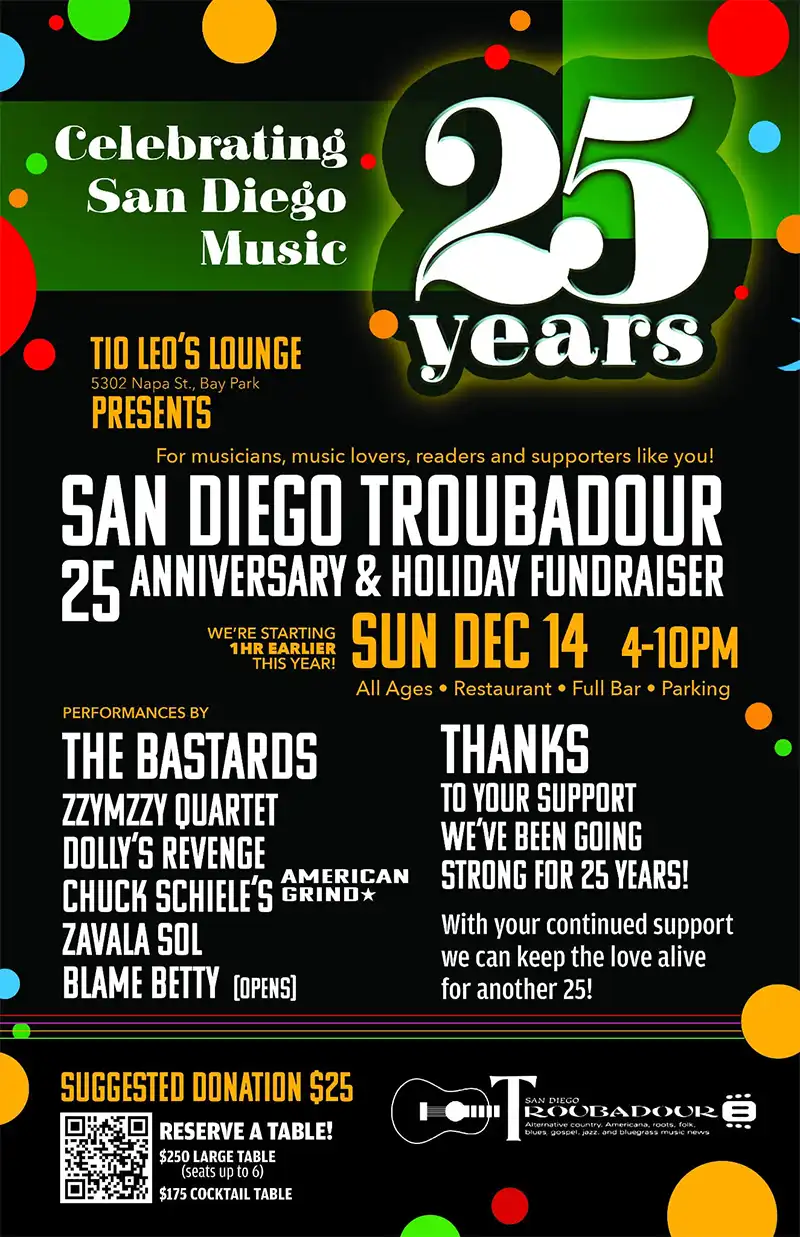Bluegrass Corner
How to Participate in a Bluegrass Jam Session

Jamming is an essential part of the bluegrass world. Jamming involves playing music with others—often strangers—in an informal group, trading songs and licks, and enjoying this great form of music. Sure, concerts by the greats are important and worth attending. Likewise, YouTube, Spotify, and the like are an important listening and viewing source. But at the core of it all is playing bluegrass music with others in a jam session. So, let’s take a look at what’s going on, and how to successfully participate.
First off, everyone can jam, regardless of ability level, singing skills, and instrument chops. All ages can participate from six to 90. But there are a few important unwritten rules.
- Bluegrass Instruments Only! In a bluegrass jam you will be welcome if you bring a guitar (acoustic), a fiddle, a mandolin, banjo, Dobro, or bass. Most jams also welcome a harmonica or jaw harp. But leave your accordion, drums, dulcimer, wind instruments, and electric instruments at home. Also note that more than one of the same instrument is welcome, except for basses—one at a time for basses.
- Take Turns in Song Selection! Jams are usually conducted in a circle, although sometimes the circle may be a bit disjointed. The point, however, is to know where you fit in—who is selecting the tune before you and who selects after you. The selection of the next song is passed around the circle in order, so be ready when it comes your turn to choose the tune. Choose something everyone knows or that is easy to play. State the song name and key. Stay away from that obscure song with the odd chord progression, which is called a “jam buster.” Think ahead about what you can select for this particular group and be ready for it. You will start the tune and when it comes full circle back to you, you will end it. If it’s a singing song, make sure you know the words (or are ready to fake them!), if an instrumental be sure you can start it, or ask someone else in the circle to start it for you.
-

Recent bluegrass jam at Duck Foot Brewery.
Taking a Solo or Break. A new tune will start with the person who chose it and will then go around the circle in order for each jammer to take a turn playing an instrumental solo. In bluegrass circles these solos are called “breaks.” Some key rules to assure you succeed at this most fun part of a jam session:—If you don’t want to take a break, that’s fine. Just be sure to alert the person after you before the tune gets to you, that you are passing. This allows them to start at the top of the break. Nothing is more annoying than someone who says right when they should be starting their break “oh, I’m passing” and now the starting point has already passed.—Most breaks are played over the verse, but some can be played over the chorus—if not sure ask before the tune starts, or listen before it gets to you and do what others are doing.—Don’t butt in! When someone else is taking a break, play softly and let them shine. As they say, if you can’t hear the break by someone else, you are playing too loud. This is especially true of acoustic guitar solos which are often quiet.—If you can, play at least some of the melody. A good strategy is for the first half of a break, play something close to the melody. Then, if you have the chops, on your second pass, dress it up a bit. Remember, your break is the time for you to shine!
- Singing in a Bluegrass Jam. Singing is an important part of bluegrass jamming. Here are a few tips to help you succeed:—If you called the song, name its title and key. Then play some kind of intro so everyone knows the tune and the tempo. If you are not sure you can do this, you can ask someone else in the circle to “kick it off,” but be sure to tell them the pace.—As the song progresses, it’s your job to assign the breaks. This can be done with a nod or a point. Usually, you will sing at least one verse and chorus, so everyone knows the tune before assigning breaks.—Think ahead, so that by the end of the song you will have given everyone (including yourself) a chance to take a break.—It’s okay to skip everyone who shakes their head, indicating they want to “pass.” And, if there are two of the same instruments—for example two banjos—next to each other, it’s okay to skip one and come back to it later.—If the tune is not yours and you want to sing harmony, ask up front if the lead singer welcomes that. It can be rude to jump in on your own to sing harmony.
- Etiquette. It’s part of the bluegrass community culture to welcome everyone, so come to a jam session with that attitude. If a jam session is already going when you arrive, it’s good practice to wait until a tune ends and then ask if you can join. The response will be yes, sure! But, it will make you welcome if you ask and will ensure you get a turn. And, just in case what you thought was a jam session is actually a band practice at which you are not welcome, asking will alert you to that.
If you are a beginner, it’s okay to lurk on the edge of the jam, to skip your turn for song selection and taking breaks, and try to learn what’s going on by watching, listening, and playing chords. Most of all, get out and enjoy a jam session—you will love it!







